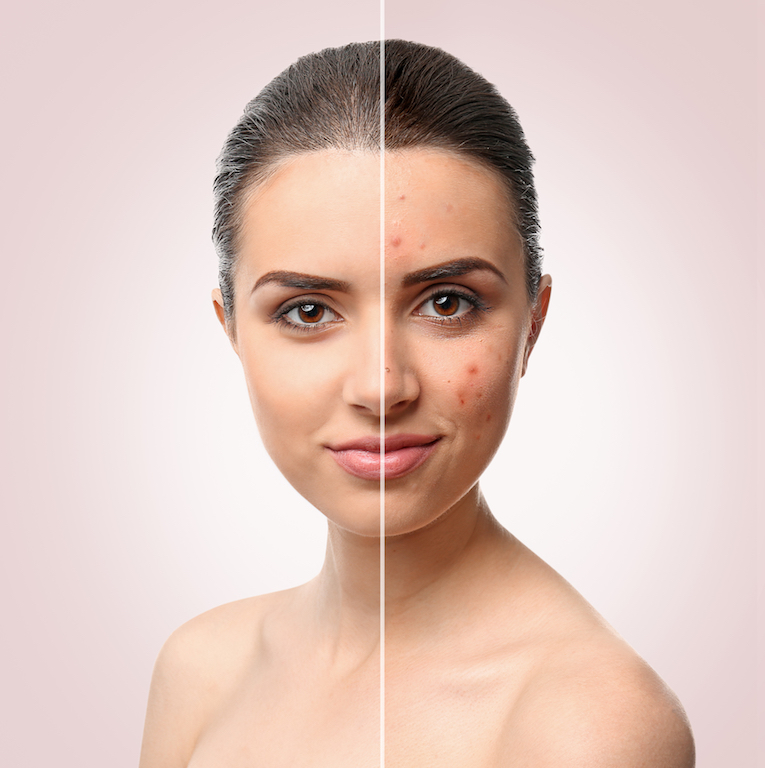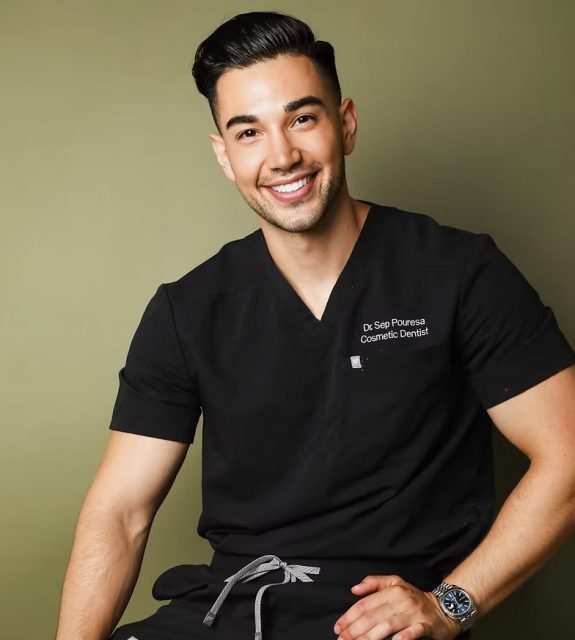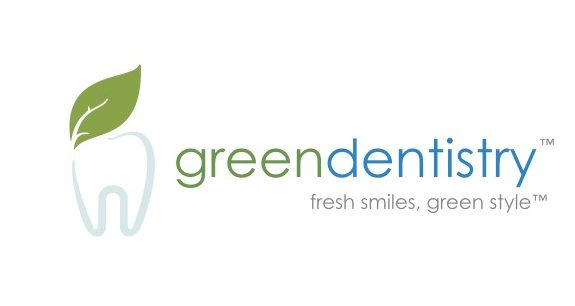 Photo Credit: Shutterstock
Photo Credit: Shutterstock
Acne isn’t just a teenage problem, as many women and men continue to experience blemishes well into adulthood. Hormonal changes can be the culprit at any age—and research has shown that stress, lack of sleep and even our diets play a role as well. According to the American Academy of Dermatology (AAD), acne affects up to 50 million Americans every year, which explains why researchers are continually looking at new treatments that may be able to deliver clear skin once and for all.
“Acne can be especially frustrating for adults, but we’ve seen many advances and interesting discoveries in recent years,” says New York-based dermatologist Dr. Dhaval Bhanusali. However, it’s important to seek help from a board-certified dermatologist if over-the-counter treatments don’t work in order to avoid long-term scarring that can be even more difficult to improve. “As dermatology evolves, we are seeing more and more emphasis on “personalized” options. One of the growing trends is creating specific formulations to each individual patient. One option is a platform called Skin Medicinals, which allows dermatologists to pick appropriate ingredients for patients at a fraction of the cost of traditional medications,” he adds. In addition, there are several other new ways to treat acne in patients of all ages…
New topicals
Topical treatments are usually the first line of defense for treating acne but go-to's like retinoids and antibiotics haven’t changed all that much since the last century. However, several new drugs are poised to offer new options.
Altreno: This relatively new retinoid features tried-and-true tretinoin (the same drug found in Retin-A) in a first-of-its-kind lotion. Formulated with hydrating glycerin and hyaluronic acid, it feels like you’re using one of your “regular” skincare products as opposed to a prescription cream.
Aklief: The first new type of retinoid to be approved in more than 20 years, the difference between Aklief and others like tretinoin and adapalene is that this drug (technically called trifarotene) is the only topical treatment that’s been proven to safely and effectively treat acne on the face as well as the chest, shoulders and back.
Clascoterone: Currently winding its way through the FDA-approval process, this potential treatment is the first new topical approach for acne in 40 years. Although its exact mechanism of action is still unknown, it is believed to prevent DHT (a testosterone byproduct found in the sebaceous glands and hair follicles) from initiating the production of oil and inflammatory proteins that lead to the development of acne.
 Photo Credit: Shutterstock
Photo Credit: Shutterstock
Oral medications
Topical and oral medications can work hand-in-hand to improve acne, but antibiotics aren’t the only game in town. “Low-dose oral antibiotics are still commonly prescribed to treat acne, but many dermatologists prefer to only use them for short periods of time. We’re also seeing more and more patients who want to avoid antibiotics, and fortunately, we have several other options,” says dermatologist Dr. Bobby Awadalla.
Birth control pills: In the right female patient, birth control pills can be an effective way to keep breakouts under control. Dr. Awadalla explains, “Oral contraceptives that contain both estrogen and progesterone can help improve acne by reducing androgen hormones like testosterone, which in turn decreases the oil production that contributes to blemish formation.”
Spironolactone: Originally developed for high blood pressure, low doses of this diuretic drug have been found to improve hormonal acne—although it can take several months to see results. “Similar to birth control pills, this drug also reduces male androgen hormones, which is why it’s only an option for women. Spironolactone may require regular blood tests to monitor potassium, but most women find this a small price to pay for improvement in hormonal breakouts that have resisted other treatment approaches,” says Dr. Awadalla.
At the doctor’s office
The in-office acne-treatment landscape has remained relatively unchanged as well, but there are still several safe and effective professional acne treatments. The results achieved with topical and oral medications can be enhanced with chemical peels and light-based treatments to help keep the pores clear, minimize bacteria and reduce inflammation.
But there is one new treatment called Sebacia that was recently cleared by the FDA. This innovative approach involves applying gold microparticles to the skin before laser treatment to help shrink oil glands and, in turn, minimize acne for up to six months.





















